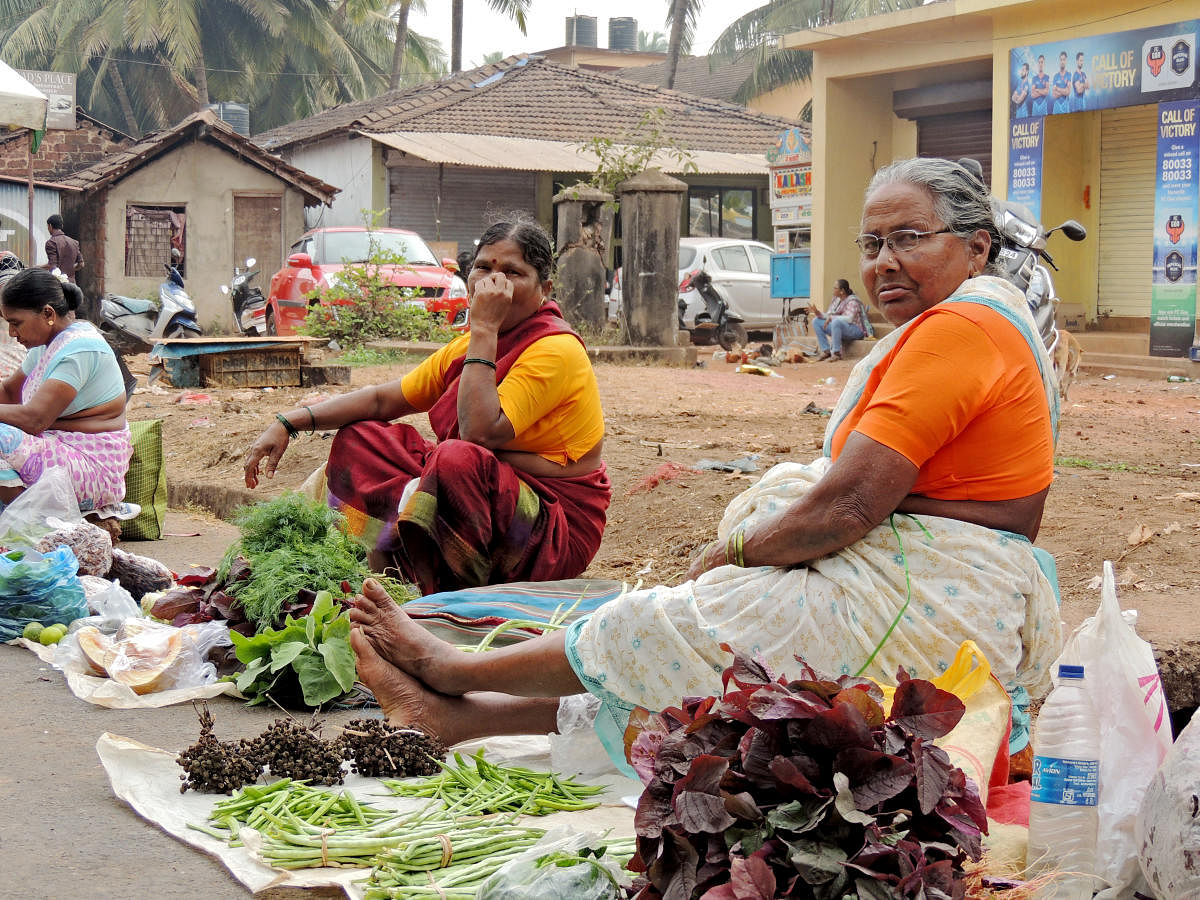
I remember a time when wearing a sari signified maturity into womanhood. And, learning to drape and carrying your five-and-a-half yards well was an art and an attribute of the wearer’s elegance. At 16, I proudly learned to tie one from my mother and most of my friends were also taught by theirs. Putting on a sari for the first time was an iconic moment.
The sari has always held a distinct place in the Indian fashion lexicon and in an Indian woman’s wardrobe. For the Nair community, a woman receiving the Mundum Neriyathum from a man was said to connote marriage itself – Pudavakoda. Unique sari hangars were designed to effortlessly hold and slip out the cloth from one’s cupboard, and I still use them. Some women also use sari covers to keep them dust-free.
While saris may continue to constitute a substantive section of our closets, it is no longer ‘daily wear’ for most women. This cultural emblem is now relegated to occasional fashion, such that draping a sari could be overdressing.
I was in Mumbai for a niece’s wedding reception. My aunt, her grandmother, was hosting a lunch to introduce the new in-laws. At the reception-dinner the previous evening, almost everyone was in a silk or chiffon sari, a dazzling array of colours and weaves from different parts of the country. But the next afternoon, when I walked in attired in a simple off-white cotton sari which had a narrow black ikat border, I was taken aback when the bride’s mother said: “How sweet, you wore a sari!” I looked around and noted that aside from the groom’s elderly mother and aunt, everyone else was clad in casual Indo-western outfits or salwar kameez. And, my sister-in-law’s remark made me think that, perhaps, I was overdressed for the event.
What’s so strange?
On another occasion, while attending a casual dinner in Goa, I decided to put on a handblock printed cotton Kalamkari, bought in 1997, while working in the Pedana district of Andhra Pradesh. I loved the soft tones of the natural dyes and its agelessness; as timeless as the sari itself. But, as I stood at my host’s doorstep, even before saying hello, he commented on the fact that I was wearing a sari. I felt disoriented. I admit that I don’t opt for one every day, but my love for textiles ensures that I drape a sari whenever I can. It is a unique costume that requires care as well as aplomb to carry it off well. But, when did donning a sari begin to imply that an extra effort had been made?
With the advent of Western fashion trends, the more cumbersome and ‘tricky-to-wear’ sari has been overshadowed by trousers, skirts and gowns. This has led to the creation of readymade or pre-stitched saris.
Cited as perfect for those who are not used to tying or walking in a sari, or who’ve never worn one before, they’re advertised as “the latest trend in Bollywood… tuck-into the petticoat, throw it over your shoulder and you are ready to go!”
Some designers have also devised the ‘sari-gown’. A single garment worn like a full-length gown, with pleats in the front and a faux palla thrown over the left shoulder in the traditional Nivi style.
This waning in the vogue of the sari has had a dismal impact on an already-precarious handloom production and the consequent livelihood of weavers. And in turn, leading to various social-media events such as the ‘100 Saree Pact’ where women pledge to wear 100 saris and post pictures of themselves, citing region, weave or print style, who gave it to them or where it was bought.
All designed to give a boost to the flagging tradition of sari-wearing. But, there are still some, albeit a few, who are clothed in nothing else each day.
Laila Tyabji, a Padma Shri awardee and a well-known advocate of handloom and handicrafts, is seen only in saris.
She regularly posts selfies — she has a weekly diary on Facebook — attired in her enviable collection: an array of weaves, prints and embroidered patterns that constitute an extensive, visual lexicon of the myriad designs that have been created across India.
This variety is a testimony to its eminence in the history of the costume. While writing this article, I became aware of the people around me who drapped a sari (or not) and found that in Goa, women do still choose sari to work in. Two of the housekeeping staff in the complex I reside in, wear one to work every day.
At the local markets and temple festivities, it’s worn in the kaccha style (closest to the antariya of yore) with one end of the sari pulled through the legs and tucked into the back, and pleats falling to their toes in front, and the other end or palla circling from behind the waist, from left to right, to be thrown over the left shoulder.
Sari, not sorry
Some ran a mile when I tried to photograph them, but a couple of generous souls demonstrated how it was worn, chuffed to have a photo taken in their everyday garb. However, a closer look revealed that all those I had seen in the nine-yard kaccha style of sari, at the Wednesday Parish Bazar or Siolim Fish market, were greying women who belonged to the older generation.
Some of the younger fisherwomen wore the sari Nivi style. But, as with the rest of the country, here too the trend of sari as daily-wear seems to be petering out in favour of stitched attires. But, a garment that has held the imagination of women for centuries, and one which culturally holds such prestige, cannot vanish into careless oblivion.
As inevitable as its evolution into the single-fabric, unstitched garb, the sari may go through manymore transformations, all adding to its ageless appeal.